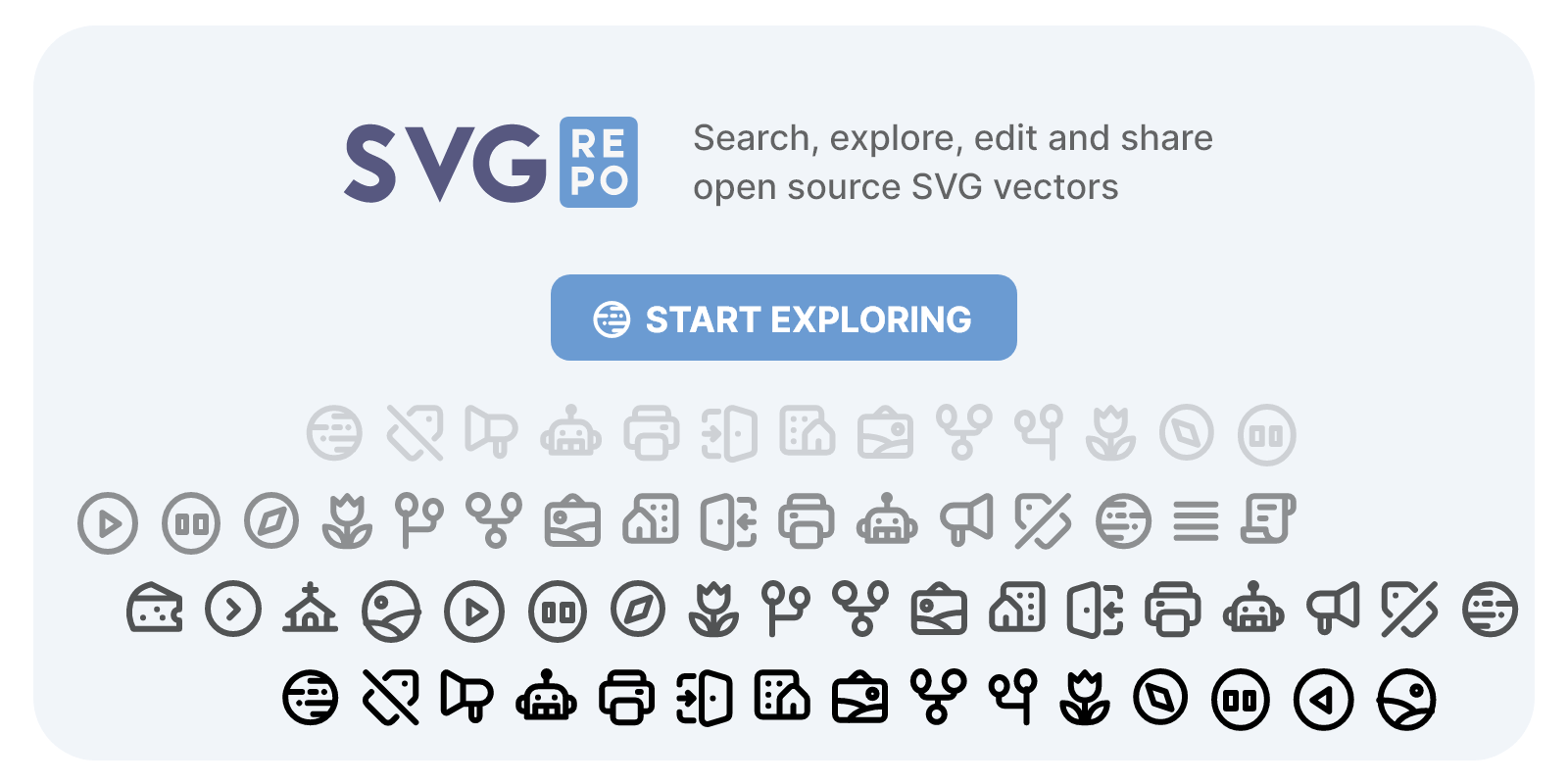Upload CSV to Knowledge Table
Overview
How to Use Upload CSV to Knowledge Table
The Upload CSV to Knowledge Table tool streamlines the process of creating and updating knowledge tables from CSV files. This powerful automation tool transforms your raw CSV data into structured knowledge tables, making it easier to manage and analyze your data within the Relevance AI platform.
Step-by-Step Guide to Using Upload CSV to Knowledge Table
1. Prepare Your Data Source
Before beginning, ensure you have your CSV file hosted at an accessible URL. This could be a cloud storage service like Google Drive, Dropbox, or any other web-accessible location. The URL should point directly to the CSV file for successful data retrieval.
2. Name Your Knowledge Table
Choose a descriptive name for your knowledge table. The tool will automatically format this name by replacing spaces with underscores to ensure compatibility. For example, "Customer Data 2023" becomes "Customer_Data_2023".
3. Input Required Information
Navigate to the tool's interface and provide the following essential information:
- Knowledge Table Name: Enter your chosen name for the table. Make it descriptive and meaningful as this will help you identify the table later.
- CSV File URL: Paste the complete URL of your hosted CSV file. Ensure the URL is accessible and points directly to the CSV file.
4. Execute the Upload
After entering the required information, initiate the upload process. The tool will then:
- Retrieve your CSV file
- Transform the data into the appropriate format
- Create or update the knowledge table with your data
- Generate a confirmation message with the exact table name
5. Verify the Results
Once the upload is complete, you'll receive a success message confirming the creation of your knowledge table. The message will include the exact name of the created table, allowing you to verify that the process completed as expected.
Maximizing the Tool's Potential
- Strategic Naming: Develop a consistent naming convention for your knowledge tables. This helps maintain organization as your database grows and makes it easier to track different versions or categories of data.
- Data Preparation: Before uploading, ensure your CSV files are properly formatted and cleaned. Well-structured data leads to more useful knowledge tables and better analysis capabilities.
- Regular Updates: Leverage the tool's ability to update existing tables by using the same table name. This feature allows you to maintain current data while preserving your table structure and relationships.
- Integration Planning: Consider how your knowledge tables will integrate with other tools and workflows in your data ecosystem. Well-planned table structures can enhance the effectiveness of subsequent data operations and analyses.
How an AI Agent might use the Upload CSV to Knowledge Table Tool
The Upload CSV to Knowledge Table tool is a powerful automation solution that enables AI agents to efficiently process and organize large datasets. This tool streamlines the process of converting CSV files into structured knowledge tables, making it an invaluable asset for data-driven decision-making and analysis.
Data Processing and Analysis
An AI agent can leverage this tool to transform raw customer data into actionable insights. By uploading CSV files containing customer information, purchase history, or behavioral data, the agent can create organized knowledge tables that facilitate pattern recognition and trend analysis. This capability is particularly valuable for businesses seeking to understand customer preferences and optimize their marketing strategies.
Automated Reporting Systems
The tool's ability to process and structure data makes it ideal for creating automated reporting systems. AI agents can regularly update knowledge tables with fresh data from various sources, ensuring that business intelligence remains current and reliable. This automation eliminates manual data entry and reduces the risk of human error in data management.
Real-time Data Integration
For AI agents handling dynamic datasets, this tool enables seamless integration of real-time data into existing knowledge bases. Whether it's market trends, inventory levels, or social media metrics, the agent can continuously update and maintain accurate, up-to-date information for decision-makers.
Top Use Cases for CSV Upload to Knowledge Table Tool
Data Migration Specialist
For data migration specialists, the CSV Upload to Knowledge Table tool streamlines the critical process of transferring large datasets into structured knowledge bases. When handling client transitions between systems, this tool becomes invaluable for maintaining data integrity while significantly reducing manual effort. By simply providing a CSV file URL and specifying a table name, specialists can efficiently migrate entire datasets without the complexity of traditional ETL processes. This is particularly powerful when dealing with legacy systems that export data in CSV format, allowing for seamless integration into modern knowledge management systems.
Business Intelligence Analyst
Business Intelligence analysts can leverage this tool to rapidly transform raw data exports into queryable knowledge tables. When working with data from various sources like CRM exports, sales reports, or customer surveys, the ability to quickly convert CSV files into structured tables is essential. The tool's automatic handling of data transformation eliminates the need for complex data manipulation scripts, allowing analysts to focus on deriving insights rather than managing data formats. This becomes especially valuable during periodic reporting cycles when fresh data needs to be consistently integrated into existing analysis frameworks.
Content Management Administrator
Content management administrators find this tool particularly useful when bulk updating or creating content repositories. Whether managing product catalogs, content libraries, or user databases, the ability to update knowledge tables directly from CSV files streamlines content operations significantly. The tool's simple interface and automatic processing of space-to-underscore conversions in table names ensures consistency in naming conventions across the content management system. This becomes particularly valuable when synchronizing content across multiple platforms or when performing regular content inventory updates from external sources.
Benefits of Upload CSV to Knowledge Table
Streamlined Data Management
The Upload CSV to Knowledge Table tool revolutionizes data management by simplifying the process of transforming CSV files into structured knowledge tables. With just a table name and CSV file URL, users can seamlessly convert their raw data into an organized, accessible format. This automation eliminates the traditional complexities of manual data importing and table creation, saving valuable time and reducing the potential for human error.
Intelligent Data Processing
At its core, this tool offers sophisticated data processing capabilities that go beyond simple file uploads. The automatic conversion of CSV data into a structured dictionary format ensures data integrity and accessibility. The intelligent name processing feature, which handles space replacements and formatting, demonstrates the tool's attention to database naming conventions and best practices, making it ideal for both technical and non-technical users.
Flexible Integration Capabilities
Perhaps most importantly, this tool serves as a bridge between raw data sources and knowledge management systems. Its ability to handle various CSV files through URL inputs, combined with its automated table creation and update functionality, makes it an invaluable asset for organizations looking to maintain dynamic, up-to-date knowledge bases. The tool's straightforward success messaging system ensures users always know the status of their data operations, providing confidence and clarity in data management workflows.




































